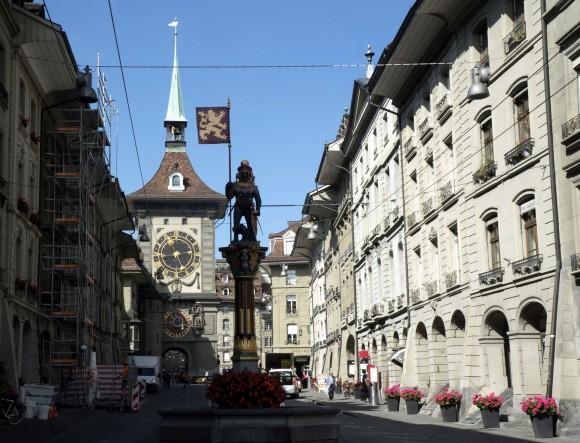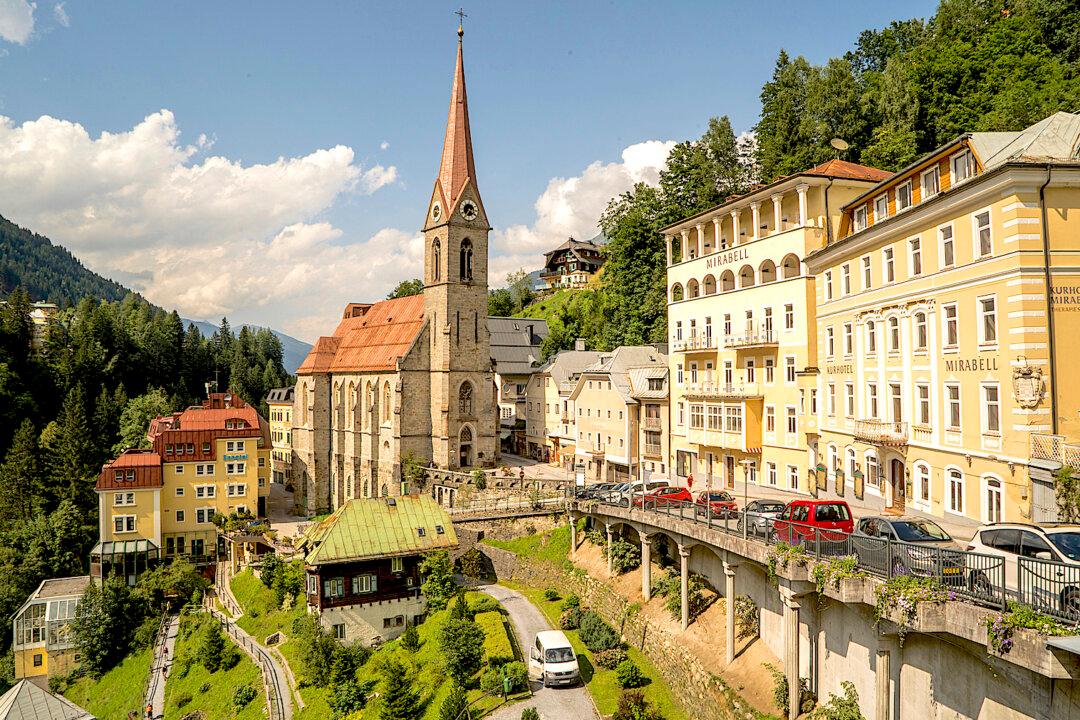In September of last year I spent a few days in Switzerland and visited Bern and Interlaken.
Although Switzerland’s busy capital city, Bern projects the kind of charm that is usually found only in small villages. The town of Interlaken is a popular tourist destination in the Swiss Alps, surrounded by two lakes and spectacular mountain scenery.
Bern
Bern is situated on a narrow hill surrounded by the Aare River on three sides. Although the historic Old City was destroyed by fire in 1405 and rebuilt, it has retained its medieval character and was designated a UNESCO World Heritage Site in 1983.
I joined a guided walking tour of the city, and we began our exploration of Bern at the railway station. Dominating Station Square stands a huge glazed steel canopy—the modern symbol of the city—while across the street is the 13th-century Church of the Holy Ghost.
We strolled through the cobblestone streets of the Old City centre and entered the incredible six kilometres of arcades designed for selling goods in all weathers. It is one of the longest covered shopping corridors in Europe.
We then headed for the oldest gate in the western part of the city. A crowd had gathered to watch the mechanical figures of the Zytglogge, Bern’s famous astronomical clock tower. One of the landmarks of the city, the 15th-century clock tower used to be a watchtower and prison in the 13th century.
Our guide led us inside the tower and we climbed the 130 narrow stone steps up to its highest platform. In the room where the clock mechanics are located, we were able to view the amazing 16th-century device consisting of several metal shafts and iron gears that manage the movement of the clock. A large iron cannonball acts as a bouncing pendulum, which adjusts the accuracy of the clock. A plaque indicated that it was made by master clockmaker Kaspar Brunner in 1530.






